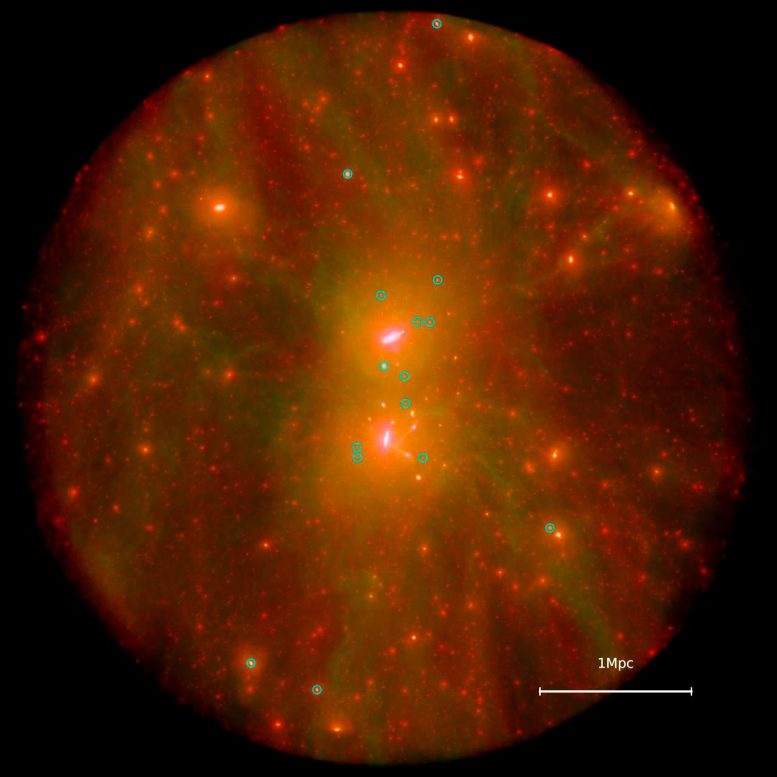
A view of the dark matter (red), gas (green), and stars (white) in one of the simulated Local Groups from HESTIA. The simulated analogs of the Milky Way and Andromeda galaxies are near the center of the image, and the ultra-diffuse galaxies are marked with circles. Credit: Salvador Cardona-Barrero
Researchers forecast the discovery of faint, expansive galaxies, potentially reshaping cosmic understanding and galaxy formation theories.
Using the most accurate and detailed cosmological simulations available, an international team has made an exciting prediction that may shed new light on our understanding of the universe: a large population of faint galaxies in our cosmic neighborhood await discovery.
Ultra-Diffuse Galaxies
The study focuses on ultra-diffuse galaxies: faint galaxies with masses of up to one billion Suns – about one-thousandth of the mass of the Milky Way – that are spread over an area comparable to the size of our Milky Way. This makes them very faint and difficult to observe, and as a result, they remain poorly understood.
The researchers believe that the Local Group, a small cluster that currently contains approximately 60 known galaxies, including our home galaxy the Milky Way and Andromeda, holds the best prospects for further discoveries. While only two ultra-diffuse galaxies have been found in the Local Group so far, the scientists believe that understanding the total number of ultra-diffuse galaxies in the Local Group is crucial to our understanding of the cosmos.
HESTIA Simulations Reveal More Galaxies
So, how many more lurk in our cosmic backyard? To find out, the international team examined state-of-the-art simulations of our cosmic neighborhood. Named after the ancient Greek goddess of the home, the HESTIA simulations are the most accurate and detailed simulations of the Milky Way and its immediate neighborhood in existence. The simulations predict that there may be as many as 12 ultra-diffuse galaxies waiting to be discovered in the Local Group. Based on an analysis of the ultra-diffuse galaxies’ properties in the HESTIA simulations, the team believes several of these galaxies could be directly observable using existing data from surveys such as the Sloan Digital Sky Survey.
Implications for Understanding Galaxy Formation
The discovery of these new galaxies could have far-reaching implications for our understanding of galaxy formation and evolution. Current models suggest that up to half of the low-mass galaxies in the universe could be extended and diffuse, and most of them will be unobservable with our current technological capabilities. As the number of galaxies in the universe is a strong prediction of various cosmological models, the size of the population of ultra-diffuse galaxies in the Local Group could be used to rule out some of these models.
The research was published in The Astrophysical Journal Letters, entitled “The undiscovered ultra-diffuse galaxies of the Local Group.”
Reference: “The Undiscovered Ultradiffuse Galaxies of the Local Group” by Oliver Newton, Arianna Di Cintio, Salvador Cardona–Barrero, Noam I. Libeskind, Yehuda Hoffman, Alexander Knebe, Jenny G. Sorce, Matthias Steinmetz and Elmo Tempel, 30 March 2023, The Astrophysical Journal Letters.
DOI: 10.3847/2041-8213/acc2bb


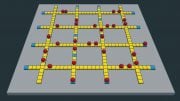
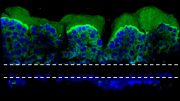

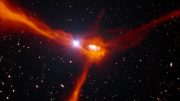
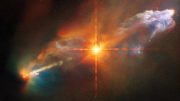
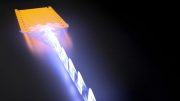
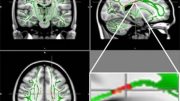
Be the first to comment on "Unveiling the Cosmic Shadows: Discovering the Local Group’s Hidden Galaxies"